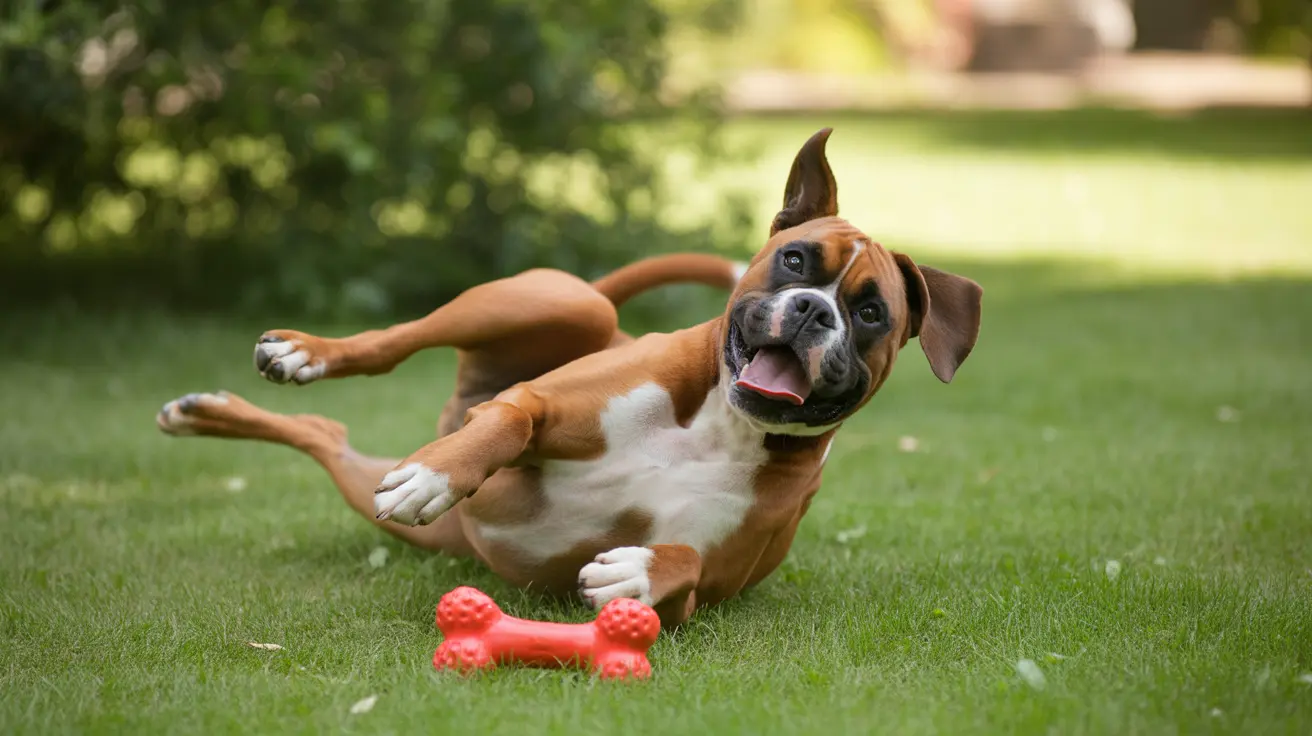Why Dog Trainers May Hesitate to Recommend Harnesses
Harnesses have become a popular choice among dog owners due to their perceived comfort and safety, especially when compared to collars. However, some dog trainers advise caution or even discourage the use of certain harness types, particularly when addressing leash manners and obedience concerns. To understand this stance, it helps to explore how harnesses affect dog behavior, when they're appropriate, and their specific uses in dog sports such as canicross.
The Mechanics of Pulling
Harnesses distribute pressure across a dog’s chest and shoulders, making it easier and more comfortable for the dog to pull. While this is precisely what they're designed for in activities like canicross, in regular walking scenarios, this can reinforce unwanted behavior such as lunging or strong pulling on the leash.
- Encourages pulling: Dogs naturally use their front muscles for propulsion, and a harness allows them to engage these more effectively than a collar.
- Less control: Traditional harnesses offer less immediate feedback for dogs compared to a leash attached to a collar, which can make leash training more challenging.
- Reduces body cues: Some trainers note that harnesses reduce the handler's ability to guide the dog using subtle body language through leash tension.
Harnesses in Canicross
Canicross is a sport that depends on the dog pulling the runner behind them. Here, harnesses aren't just recommended—they're essential. However, the harnesses used in this sport are specifically designed for high-impact activities that involve pulling. These harnesses avoid restricting the dog's movement or interfering with breathing and are accompanied by other gear like a bungee leash and a running belt.
When a Harness Is Helpful
Despite reservations, harnesses have a valuable role in specific contexts:
- For brachycephalic breeds: Dogs like pugs or bulldogs with short snouts benefit from harnesses that don’t pressure the neck.
- For senior or disabled dogs: Harnesses can provide support and reduce strain during movement.
- For safe sport participation: In structured sports like canicross, the harness is indispensable and not detrimental as it supports intentional pulling.
Training Considerations
While harnesses might not be ideal during obedience training, they can be incorporated successfully with the right approach:
- Use anti-pull harnesses: These designs feature front-clip attachments that minimize pulling motivation.
- Combine with training techniques: Consistent use of verbal commands, positive reinforcement, and leash corrections guide correct behavior.
- Monitor context: Use appropriate gear depending on the activity, e.g., harness for canicross or hikes and collar for heel training.
Summary
Not all harnesses are created equal. While they can contribute to pulling issues during walks, they are essential for dog-powered sports like canicross. Understanding the purpose and fit of a harness, as well as how it affects behavior, allows pet owners to use them effectively within the training process. Consult with a trainer to choose the right gear for your training or sport goals.
Conclusion: The distinction lies not in rejecting harnesses altogether but in using the right tool for the right job. For sport activities like canicross, harnesses are a must. In everyday training, alternative strategies may be more beneficial until desired leash behaviors are established.





